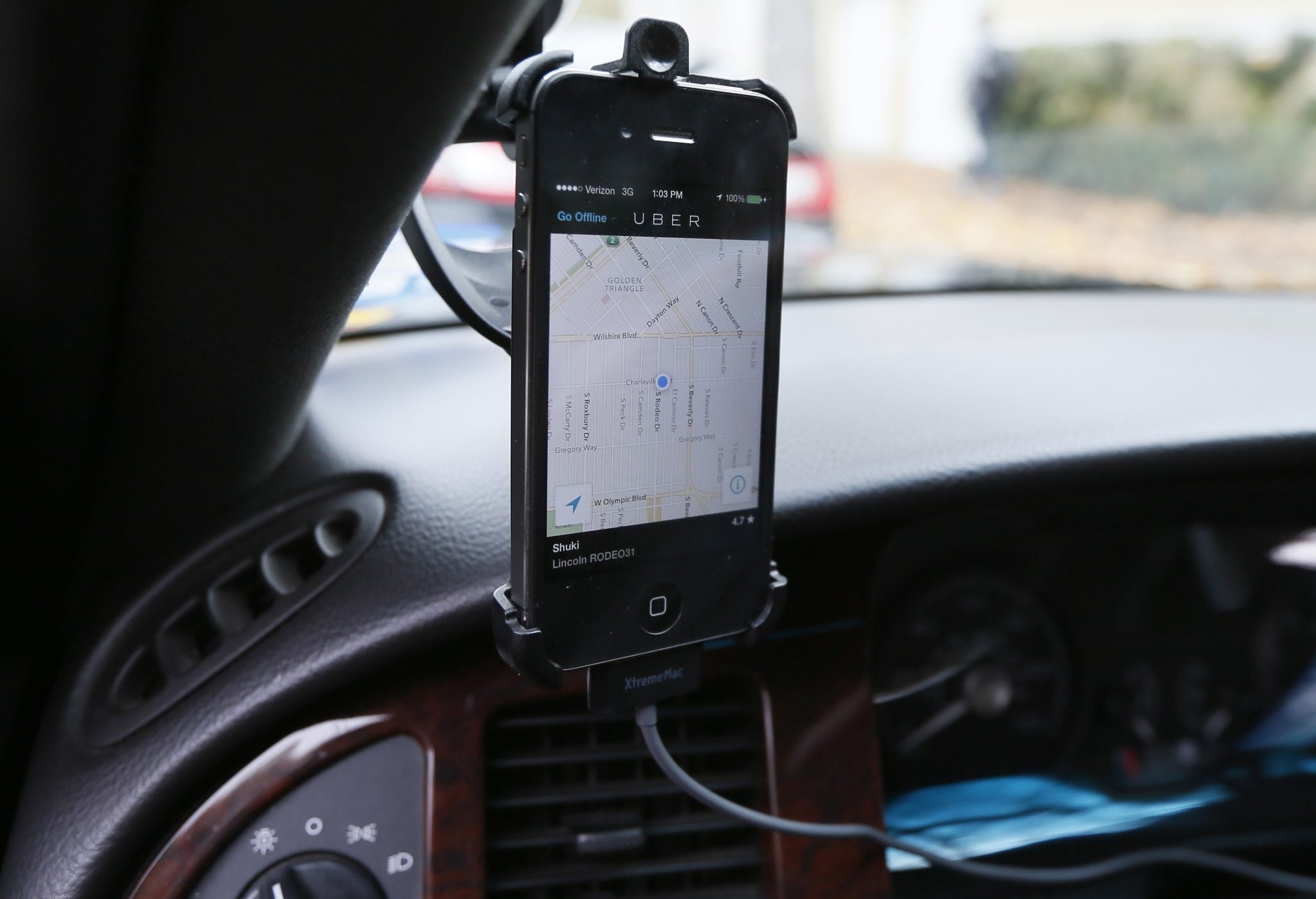Skift Take
Uber is growing fast and making money, but $17 billion is bubble talk.
Taxi and limousine service Uber announced today that it had raised $1.2 billion in a financing round that values it at $17 billion, pre-investment.
This is giant leap in value in a short time: In August of last year, Uber was valued at $3.5 billion.
In a short blog post, CEO and co-founder Travis Kalanick writes:
We have some exciting news to share this morning. We have just closed a financing round with some of the leading investors in the world, raising $1.2B of primary capital at a $17B pre-money valuation. The total raise will be about $1.4B with a second close of strategic investors soon. We are thrilled to have top tier institutional investors, mutual funds, private equity and venture capital partners joining us.
According to the Wall Street Journal, those institutional investors were led by Fidelity Investments, followed by Wellington Management, BlackRock Inc., and venture firms Summit Partners, Kleiner Perkins Caufield & Byers, Google Ventures, and Menlo Ventures.
The value of Uber is based on Uber’s current growth rate — estimates suggest it doubles revenue every six months — and expectations that Uber will expand beyond ground transportation into logistics and other areas of transportation. The taxi and limousine business in the U.S. is a slow-growth one, with under $11 billion in annual revenue and less than $1.5 billion in profits across all companies. More than half of that is concentrated in California and the Northeast.
Uber’s recent rapid growth is taking place outside of those traditional markets — where it already performs well — and in to second- and third-tier cities where Uber’s on-demand service fills big gaps in local transportation.
It faces significant challenges in Asia, where the taxi app game is dominated by local players that are integrated into widely used payment systems. It currently operates in 18 Asian markets.
Uber has also dabbled in delivery in some markets, including puppies in Taiwan, Christmas Trees in multiple markets, and, most recently, air conditioners in New York.
Additional non-taxi services will help avoid conflict with regulators, who often keep Uber’s lawyers busy, as well as insurance companies that challenge policies of some of Uber’s non-professional drivers.
The Daily Newsletter
Our daily coverage of the global travel industry. Written by editors and analysts from across Skift’s brands.
Have a confidential tip for Skift? Get in touch
Photo credit: Transportation app Uber is seen on the iPhone of limousine driver in Beverly Hills, California. Lucy Nicholson / Reuters
